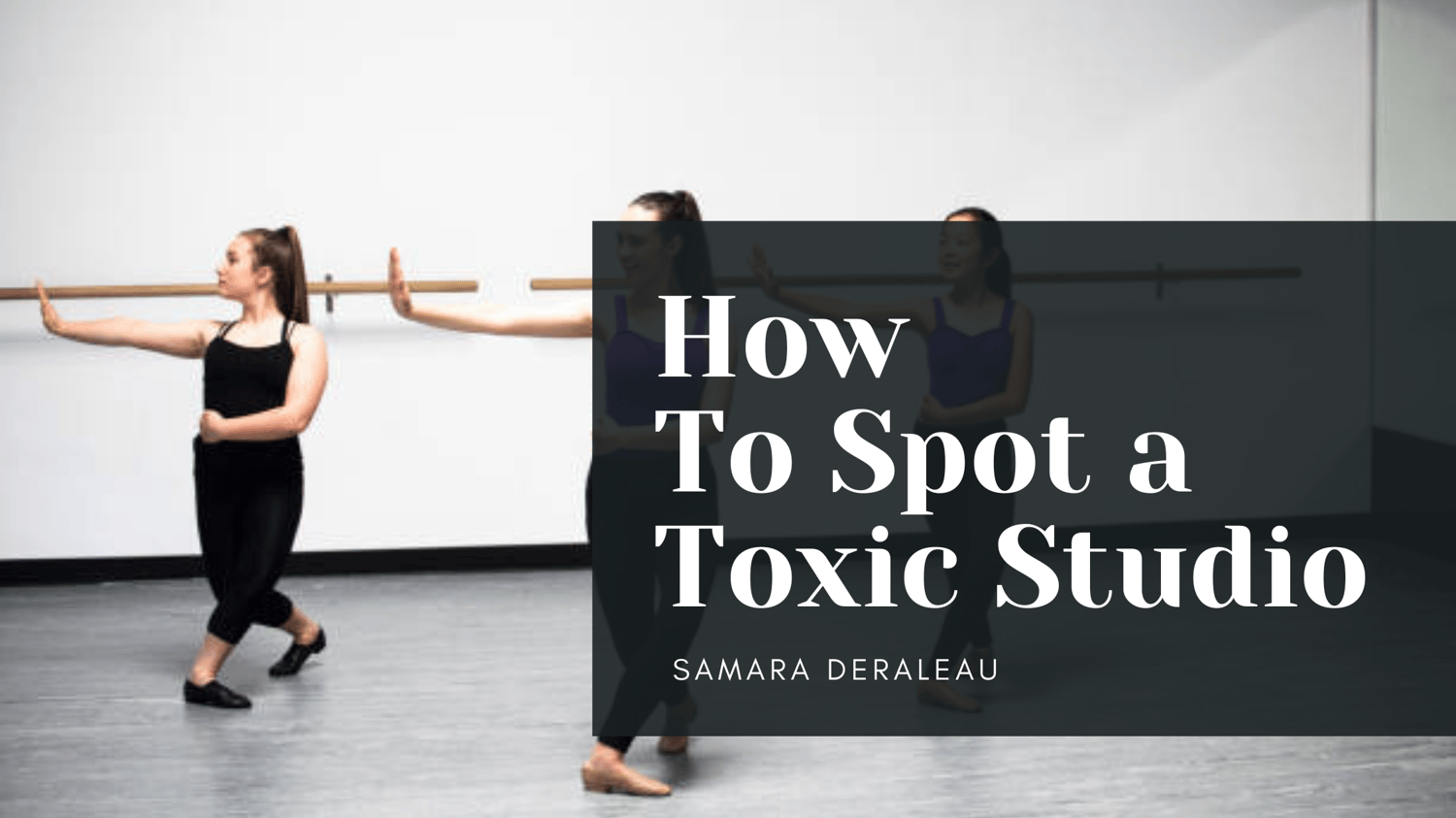As a dance teacher, the studio you work for plays a huge role in your ability to inspire, educate, and retain students. A great studio provides a supportive, professional, and positive environment for both teachers and dancers. But unfortunately, some studios create a toxic culture—driven by favoritism, unhealthy competition, or poor management.
If you’re questioning whether your studio is the right place for you, here are key signs to watch for:
1. Favoritism and Unfair Treatment
A strong studio supports all dancers, regardless of skill level, financial status, or personal connections. If you notice favoritism in casting, solos, or opportunities—especially when talent and work ethic don’t justify it—it can lead to frustration among students and teachers alike. A healthy studio provides fair chances for growth, rather than catering to a select few.
2. Overemphasis on Winning Over Learning
Competition can be an exciting part of dance, but when a studio prioritizes trophies over proper training, technique, and personal development, it creates an unhealthy atmosphere. As a teacher, your job should be to nurture dancers, not push them to chase medals at all costs. If your studio’s focus is solely on winning, it might not align with your values as an educator.
3. Disrespectful or Abusive Leadership
Tough training is part of the industry, but there’s a fine line between discipline and toxicity. If studio owners or senior staff frequently belittle, yell at, or undermine teachers and students, it creates a culture of fear rather than growth. A strong studio values professionalism, encouragement, and constructive feedback—not intimidation.
4. Unhealthy Body Expectations and Lack of Inclusivity
A good studio welcomes dancers of all body types, backgrounds, and abilities. If leadership pressures students to meet unrealistic body standards or discourages certain dancers from participating based on their appearance, it’s a sign of a toxic culture. As a teacher, being part of an inclusive studio ensures that your dancers feel valued for their talent, not just their looks.
5. High Turnover of Teachers and Students
If teachers and students are constantly leaving, it’s worth asking why. High turnover often signals poor management, lack of respect for instructors, or an unsustainable work environment. A well-run studio retains talented educators by offering fair pay, professional growth, and a positive teaching atmosphere.
6. Lack of Communication or Transparency
Clear communication is essential in any workplace. If your studio frequently changes schedules, policies, or pay structures without notice, it can make your job incredibly difficult. Teachers should never feel left in the dark about important decisions that affect their classes and livelihood.
7. Constant Stress and Burnout
A little pressure before a big performance is normal, but if you and your dancers feel constant anxiety, exhaustion, or dread, something is off. Teaching dance should be challenging yet fulfilling—not an ongoing source of negativity and burnout.
8. No Room for Creativity or Growth
Great studios encourage teachers to bring their own expertise, creativity, and ideas to class. If your studio discourages trying new techniques, styles, or teaching methods, it might be more focused on control than on true artistic development. The best environments allow teachers to evolve and inspire their students in meaningful ways.
When to Walk Away
If you recognize multiple red flags and feel like your studio isn’t supporting you or your dancers in a healthy way, it may be time to move on. A positive work environment should challenge, uplift, and respect its teachers—not make them feel undervalued or replaceable.
When looking for a better studio, seek one that:
• Values all teachers and students equally
• Encourages artistic and professional growth
• Maintains clear and respectful communication
• Fosters a positive, inclusive culture
• Supports work-life balance and fair compensation
At the end of the day, teaching dance should be about inspiring students, not surviving toxic environments. Trust your instincts, know your worth, and never be afraid to find a studio that truly allows you to thrive.
Have you ever experienced a toxic studio? What helped you transition to a better teaching environment? Share your thoughts in the comments!



Comments ()